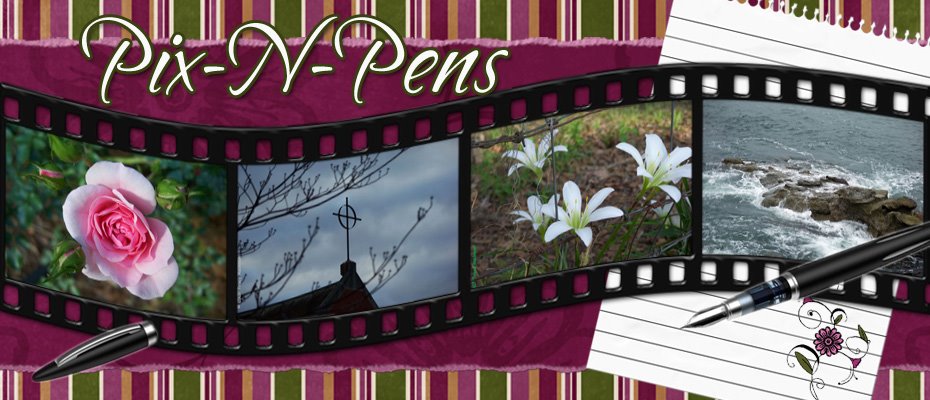BY SUZANNE WILLIAMS
There are two things about me that people are quick to learn. First, that I love photography. Given all the photographs I post everywhere, that is easy to figure out. Second, that I like things to be simple. If a task is complicated or requires multiple steps, chances are I will avoid it. With that said, when I am writing about photography, I want to state things in a manner that anyone on any level can understand.
Perhaps it is because I remember what it was like to be "me" at different stages of my life. I can remember being a sixteen year old, a new wife, and a young mother. For this reason, I strive to adapt myself to fit different situations and by extension, I apply this same mannerism to my writing. I do this also because I have known people who weren't like this - a certain high school chemistry teacher comes to mind. He could never seem to "come down" to the level of us, his students, and as a result, I learned less in his class than any other.
Photography can be complicated or it can be simple. It's all in how you approach it. Since I like things to be more on the simple side, here are a few of my favorite tips.
Lynx Spider
READ YOUR MANUAL
It always amazes me that people do not do this. Whenever I buy a new electronic gadget, the manual is the first thing I look for. With a few exceptions, it is the best way to learn what your camera will or won't do. (There are always badly written manuals.)
Another great way to learn more about your camera is through reading reviews. Even after I have purchased it and have it in my hands, I can figure out how certain settings work from those who spent days examining it from every angle. I even watched the (slightly corny) "how to" DVD they sent me.
PAY ATTENTION TO YOUR SETTINGS
The best way to learn aperture, ISO, and shutter speed is by watching what your camera chooses on its own when you hit the shutter button. If your camera has a function that shows you the details of your photograph, then use it. It is through diligent observation that you will learn what settings work and will know when you need to alter them. Think of it as having a constant guide with you, someone who has the photo knowledge you don't, and take advantage of that.
Mushrooms
EMBRACE THE EV BUTTON
Most cameras have an EV adjustment setting. "EV" stands for exposure value, and it most often appears as a +/- sign, whether as an actual button or from within the camera's menu. In short, EV alters the luminance of a scene to be brighter or darker. A dark object against a bright background with a positive EV adjustment can correct for contrast problems and give more detail to shadowy areas. In the same manner, a bright object, for instance a white flower, against a dark background, with a minus EV will preserve highlight details (and often prevent the "white blob" syndrome).
EV is actually based on a
mathematical formula. Now, it is not necessary for you to understand the formula. But knowing it is there and realizing how it affects your photographs is a big step forward.
KEEP IT LEVEL
The biggest compositional advice I can give is for everything that is straight to look straight. A vertical object, a tree or a building, for instance, should look vertical, and horizons should be horizontal, not going up or downhill. These can be corrected somewhat in post-edit, so don't despair, but anything a photographer can do to avoid editing afterward is a sign of a better photographer.
Working Farm, Near Blairsville, Georgia
DELETE, DELETE, DELETE
My last bit of advice is the simplest of all. Take lots of pictures and delete the bad ones. Digital photography is great for this. It is always important to learn from your mistakes, but don't beat yourself up because you have made one. Take each photograph knowing you can take another and readjust what you just did in some manner to make it better. Compare them later; notice which one worked best, and save that into your thinking.
At the heart of photography is the enjoyment of it. Always savor the moment you are in, regardless of what photographs you successfully capture or which ones you failed at entirely. After all, the sunset is still beautiful even without a lens in your hand.
-------------------------------
 Suzanne Williams Photography
Suzanne Williams PhotographyFlorida, USA
Suzanne Williams is a native Floridian, wife, and mother, with a penchant for spelling anything, who happens to love photography.


















































.JPG)









